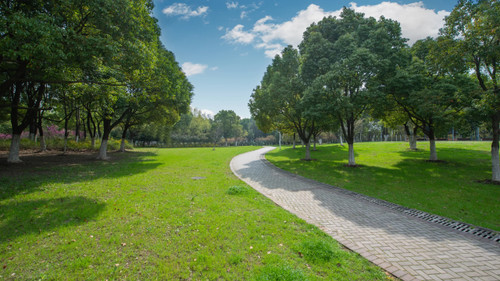Spring Heat and Chafing: How to Prevent and Treat Chafing in Warmer Weather
Posted by Jack Miller on 5th Oct 2024
As spring approaches and the weather heats up, it’s natural to look forward to outdoor activities and shedding those extra winter layers. However, with warmer temperatures come some less welcome side effects, one of which is chafing. Chafing rash can turn what should be a pleasant spring day into a painful experience. Let’s dive into why warm weather increases the risk of chafing and explore some effective treatments and remedies to keep you comfortable, even when the temperature rises.
Why Hot Weather Increases Chafing
Chafing is caused by the friction that occurs when skin rubs against skin or clothing, leading to irritation. Hot weather makes chafing more common for a few reasons. First, heat causes us to sweat more. When skin is damp with sweat, it becomes more prone to friction, especially in areas like the inner thighs, underarms, and beneath the breasts. Second, in hot weather, we tend to move more—whether we’re walking more often, exercising, or participating in outdoor activities like hiking or biking. Increased movement, combined with sweat, can exacerbate skin irritation and lead to a full-blown chafing rash.
Common Areas for Chafing
Though chafing can happen almost anywhere on the body, there are some areas that are more vulnerable, particularly in warmer months:
Inner Thighs: Inner thigh chafing is perhaps the most common area for developing rashes, especially if you’re wearing shorts or skirts.
Underarms: This area is prone to friction, especially during activities like running or cycling.
Groin Area: Sweat and friction here, particularly when wearing tight clothing or underwear, can cause significant irritation.
Beneath the Breasts: For women, the area under the breasts can become a hotspot for chafing, particularly when wearing bras that don’t wick moisture well.
Preventing Chafing in Hot Weather
Luckily, there are many ways to prevent chafing, even as temperatures climb. One of the most effective strategies is to create a barrier between the skin and the friction that causes irritation. Here are a few key tips:
1. Moisture-Wicking Fabrics: Wearing clothing made of breathable, moisture-wicking materials helps keep sweat away from your skin. Cotton may feel comfortable at first, but it retains moisture, making it more likely to cause friction. Choose synthetic fabrics designed to stay dry and cool.
2. Use Anti-Chafing Creams or Balms: Products specifically designed to prevent chafing, such as anti-chafing balms, gels, or powders, create a protective layer on the skin. These can be applied to problem areas before heading outside or working out to reduce friction.
3. Anti-Chafing Thigh Bands: For many, the inner thighs are a key area of concern. One effective solution for thigh chafing is using anti-chafing thigh bands. These elastic bands are designed to fit comfortably around your thighs, preventing skin-to-skin contact and eliminating friction. They’re a great alternative to wearing longer shorts or leggings, allowing you to wear skirts and dresses comfortably without worrying about irritation.
4. Stay Hydrated and Cool: Keeping your body cool and hydrated helps reduce excessive sweating, which is a major contributor to chafing. Drink plenty of water, and take breaks from the sun when needed.
Treating Chafing Rashes
If you’ve already developed a rash, it’s important to treat it properly to promote healing and prevent infection. Here are a few chafing remedies:
Clean the Area Gently: Wash the affected area with mild soap and lukewarm water, then pat dry.
Apply Soothing Creams: Use products containing aloe vera or zinc oxide to soothe irritated skin and promote healing. Hydrocortisone cream can also help reduce inflammation and itching.
Keep the Area Dry: Avoid additional friction and moisture. Wearing loose-fitting, breathable clothing will help the rash heal faster.
With these preventative measures and treatments, you can enjoy the warmth of spring without the discomfort of chafing. Anti-chafing thigh bands, in particular, offer a stylish, discreet, and effective way to keep chafing at bay.

